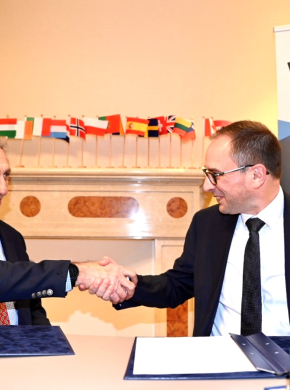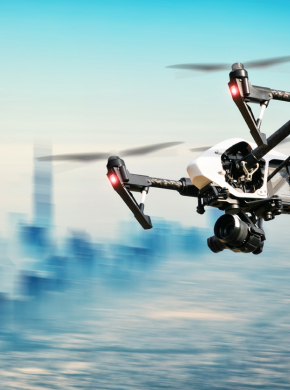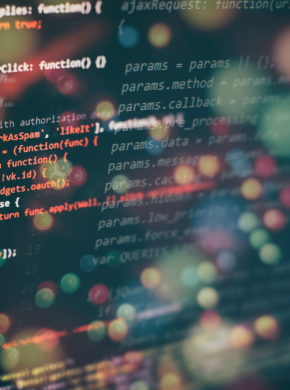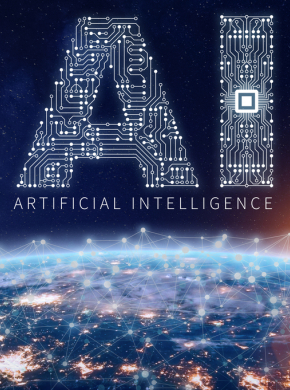BACKGROUND
Generative design is the use of computer algorithms to create innovative design solutions, based on defined parameters and constraints. In the context of structural geometry design, for example, the algorithms might start with an initial input, manipulate features, apply optimisation processes, simulate structural behaviour, evaluate results, refine details and repeat until the desired solution emerges.
Effective generative design depends primarily on properly defined design procedures. These include:
- Formulating design rules carefully
- Defining meaningful objectives
- Interpreting their implications correctly
- Handling errors appropriately
- Visualising intermediate steps adequately
- Communicating progress effectively
- Adapting workflow dynamically
- Balancing computation speed versus precision
- Controlling interdependence among aspects properly
In the above context, over the past few years, generative design has been exploited in two sub-processes:
- Parametric design exploration
- Topology optimisation
Parametric design exploration adopts the reverse-engineering approach to create a computer-aided representation of an existing design. It requires efficient shape modification methods and viable design spaces for the exploration of valid design alternatives.
Topology optimisation is performance-driven and is based on minimising the overall design compliance to generate alternative instances.
Both are constraint-driven sub-processes and demand a careful formulation of design and performance constraints, aligning with designers’ design intention for feasible, geometrically, and practically valid variations. However, the true potential of these approaches is still limited in terms of extensive design diversity and true novelty.
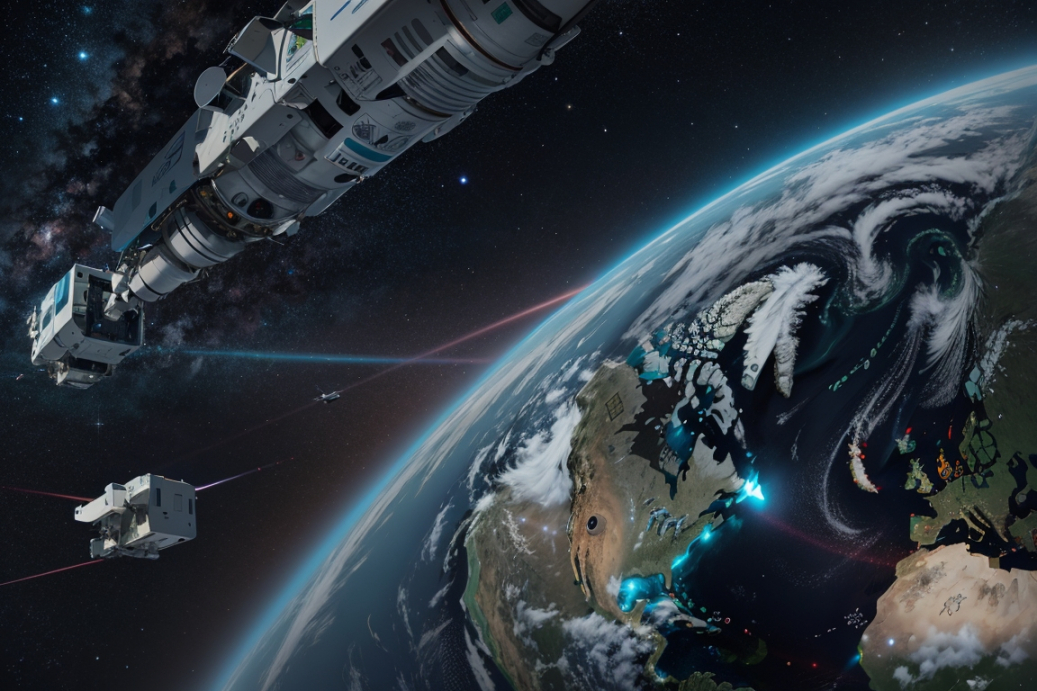
OBJECTIVES OF THE ACTIVITY
The main purpose of this activity is to develop a better understanding of the potential benefits and limitations of using generative AI for satcom-related design. It aims to identify the state-of-the-art tools and techniques currently used in generative AI in other industry domains with the intention of classifying which of those are applicable to the satcom domain and what adaptations they might require to make them specific for satcom-related applications.
Finally, the activity shall propose a corresponding development roadmap for adapting such tools for satcom design including estimated timescales and development costs.
WHAT WE ARE LOOKING FOR
We are looking for experts in in the following fields:
a) Generative AI/ Generative Design
b) Python software development
c) Machine learning/optimisation
d) A good understanding of satcom systems
ABOUT THIS OPPORTUNITY
Proposals can be submitted via esa-star using the link below.
Opening date: 6/9/2023
Closing date: 1/11/2023
Link: https://esastar-publication-ext.sso.esa.int/ESATenderActions/details/64907
OPEN TO TENDERERS FROM
AT+BE+CA+CH+CZ+DE+DK+EE+GR+ES+FI+FR+GB+HU+IE+IT+LT+LU+NL+NO+PL+PT+RO+SE+SI
ABOUT THE ARTES FUTURE PREPARATION PROGRAMME
ARTES FP is a key programme element at the beginning of the ARTES ‘feeding chain,’ that offers the opportunity to acquire knowledge on future satcom market perspectives, investigate future system concepts and prepare initial ‘dossiers’ on strategic initiatives; something that cannot usually be developed at individual Member State level. It is based on the concept of a European common effort to produce quality results to set the future of satcom.
You can find more information via the link below:
https://artes.esa.int/future-preparation
NEWS AND EVENTS
ESA and Viasat towards a Direct-to-Device partnership
The European Space Agency (ESA) and Viasat announced an agreement to work together towards a public-private partnership for a direct-to-device project. As part of ESA’s direct-to-device initiative, the partnership…
European Space Agency kicks off groundbreaking generative AI project for satellite communication de…
Applied Data Science Partners (ADSP) is running a study on behalf of ESA to explore how generative artificial intelligence (AI) can transform satellite system design processes.
Opportunity: Concepts for ultra-large aperture antennas (ARTES FPE 1A.113)
Satellite antenna size and the data throughput achievable in a satellite communications channel are directly related, but the benefits from an increased aperture size can also be used to enable access to smaller ground antennas or to improve…
Opportunity: Towards Standardised Inter-Satellite Link Solutions (ARTES FPE 1A.116)
There has been a steady growth in the number of new satcom systems announcing plans to make use of RF Inter-Satellite Link technology. In addition to reducing the complexity and cost of the associated terrestrial infrastructure, ISL…
Opportunity: Advanced Broadband Satcom Solutions for Rotary Wing Aircraft (ARTES FPE 1B.136)
Despite steady order growth for helicopters and an almost exponential growth in rotary wing UAVs worldwide, outside of military and defence applications the utilisation of satellite connectivity onboard such rotary wing aircraft is still somewhat…
REISSUED - Opportunity: Single Channel Full Duplex Techniques for Satellite Communications (ART…
In most satellite communication systems, full duplex operation (i.e., simultaneous transmit and receive functionality) is achieved by using two separate frequency channels with spectral filtering employed to achieve the required isolation between…
Space for Inspiration: Business Edition 2022
Sign up now to join the growing community to discuss the future of commercialisation in exploration. This event is a must for key players in commercialisation ranging from private industry, to public organisations and space agencies to financial…
Opportunity: Open-Source Satellite Constellation Simulator
The communications satellite manufacturing industry is going through a period of profound change. For decades, the primary source of sector revenue has been from building systems designed to operate in geostationary orbits. Within the last few…
The Moon – where no satnav has gone before
The test version of a unique satellite navigation receiver has been delivered for integration testing on the Lunar Pathfinder spacecraft. The NaviMoon satnav receiver is designed to perform the farthest ever positioning fix from Earth,…
Opportunity: The Application of Neuromorphic Processors to SatCom Applications
Artificial Intelligence (AI) is set to play a major role in the automation of future satcom systems, enabled by the significant advances in Machine Learning (ML) techniques of recent years. However, the computer processors that AI algorithms will…
Final Presentation Webinar - ARTES Future Preparation Machine Learnin…
ESA would like to invite you to the Final Presentation Webinar of the ARTES Future Preparation (FP) activity Machine Learning and Artificial Intelligence for Satellite Telecommunications.
This Webinar will take place on the 9th of June at…
ESA Satcom Final Presentation Days 2019
This is a unique opportunity to gain an overview of all the recently completed activities and to discuss them with colleagues from both ESA and industry across the satellite telecommunications sector.



